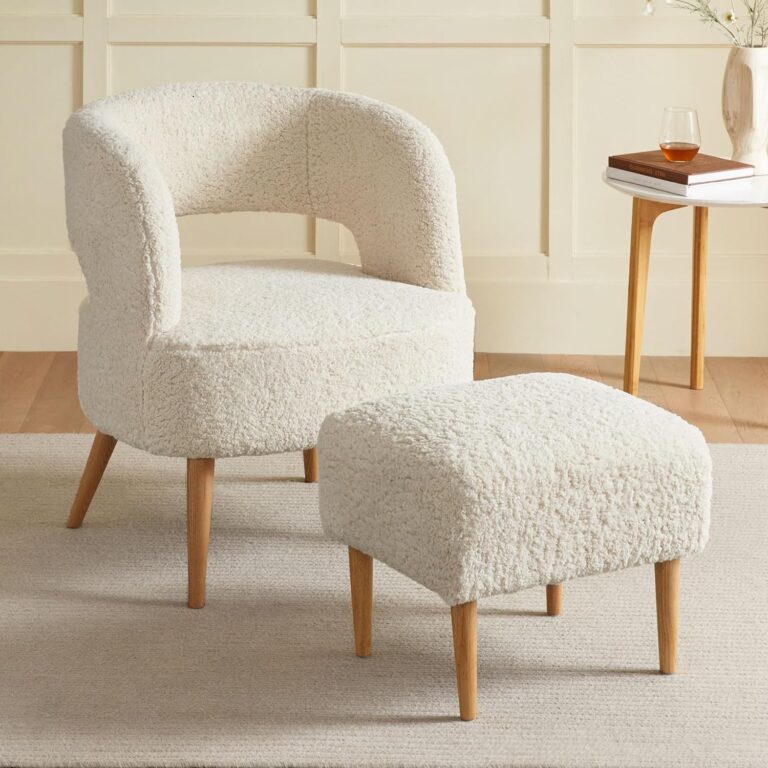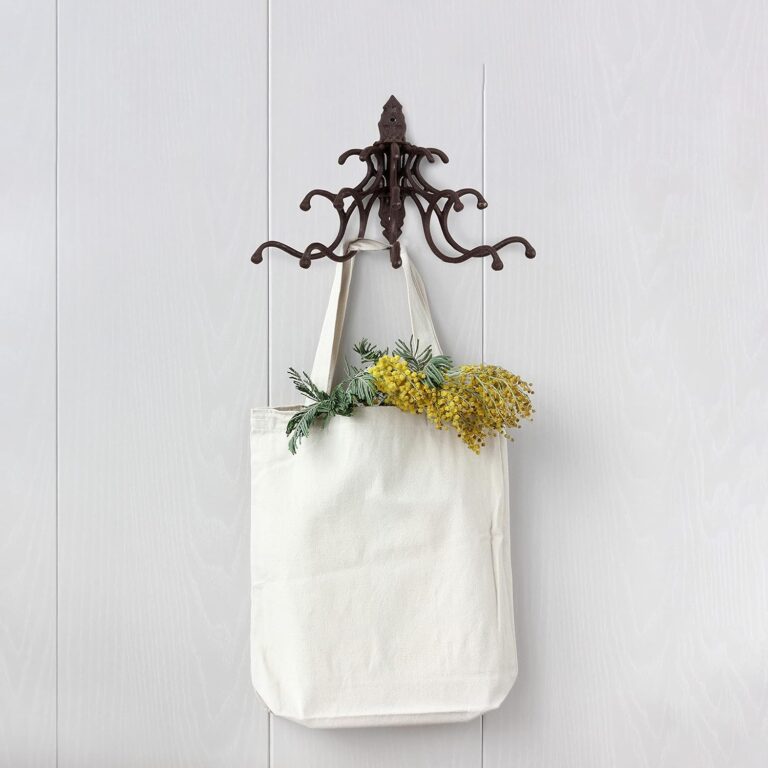As the population ages, the demand for senior-friendly furniture is on the rise. However, just because furniture is designed for seniors, it does not mean it has to sacrifice style. In fact, many furniture designers are now creating pieces that are both elegant and accessible, catering to the needs of older adults without compromising on aesthetics.

Accessible elegance is the new trend in senior-friendly furniture, offering a range of stylish options that are designed to meet the unique needs of seniors. From chairs with higher seats and armrests to easy-to-use recliners and sofas, these pieces are not only functional but also visually appealing. With a focus on comfort, safety, and style, accessible elegance is quickly becoming the go-to choice for seniors who want to maintain their sense of style while still enjoying the benefits of furniture that is designed for their needs.
Design Principles for Senior-Friendly Furniture

When designing furniture for seniors, there are several key principles that should be considered to ensure that the final product is both functional and visually appealing. These principles include ergonomics and comfort, safety and stability, ease of use, and visually appealing yet functional design.
Ergonomics and Comfort
One of the most important considerations when designing furniture for seniors is ergonomics and comfort. Seniors often have specific physical needs, such as reduced mobility or joint pain, that must be taken into account when designing furniture. Chairs, for example, should have a comfortable seat height and depth, as well as proper lumbar support. Sofas and other seating should also be designed with ergonomics in mind, with comfortable armrests and backrests that provide support without causing discomfort.
Safety and Stability
Another important consideration when designing furniture for seniors is safety and stability. Furniture should be designed to be stable and sturdy, with a low risk of tipping over or collapsing. This is particularly important for chairs and other seating, which should have a wide base and be designed to support the weight of the user. Additionally, furniture should be designed with safety features such as non-slip surfaces and rounded edges to prevent injuries.
Ease of Use
Furniture for seniors should also be designed with ease of use in mind. This means that furniture should be easy to get in and out of, with features such as armrests and high seat heights. Additionally, furniture should be designed with easy-to-use controls, such as large buttons and levers, to make it simple for seniors to adjust the position of the furniture.
Visually Appealing Yet Functional
Finally, furniture for seniors should be visually appealing yet functional. Furniture should be designed with a modern, chic aesthetic that appeals to seniors without sacrificing functionality. This means that furniture should be designed with clean lines and neutral colors, with a focus on functionality rather than ornate design features.
Overall, designing furniture for seniors requires a careful balance between functionality and aesthetics. By considering the principles of ergonomics and comfort, safety and stability, ease of use, and visually appealing yet functional design, designers can create furniture that meets the specific needs of seniors while also providing a stylish and modern look.
Trends in Senior-Friendly Furniture

As the population continues to age, there is an increasing demand for furniture that is not only stylish but also functional and safe for seniors. Here are some trends in senior-friendly furniture that are gaining popularity:
Smart Furniture for Enhanced Independence
Smart furniture is a growing trend in the furniture industry, and it’s no exception when it comes to senior-friendly furniture. These pieces of furniture are designed to enhance the independence of seniors by incorporating technology that can help them with daily tasks. For instance, some of these pieces come with built-in sensors that can detect when a senior needs help and alert caregivers or family members. Others have voice-activated controls that can turn on lights, adjust temperatures, and even order groceries.
Multifunctional Furniture Pieces
Multifunctional furniture pieces are another popular trend in senior-friendly furniture. These pieces are designed to serve multiple purposes, making them ideal for seniors who live in small spaces or have limited mobility. For instance, a lift chair can be used as both a recliner and a mobility aid, while a bed with built-in storage can provide extra space for bedding and clothing.
Sustainable and Durable Materials
Sustainable and durable materials are becoming increasingly popular in senior-friendly furniture. These materials are not only environmentally friendly but also more durable, making them ideal for seniors who need furniture that can withstand wear and tear. Some examples of sustainable and durable materials include bamboo, reclaimed wood, and recycled plastic.
In conclusion, senior-friendly furniture is an emerging trend in the furniture industry, and it’s not hard to see why. The furniture pieces that are designed to cater to the needs of seniors are not only functional but also stylish and safe. As the demand for senior-friendly furniture continues to grow, it’s likely that we’ll see even more innovative designs and features in the future.






